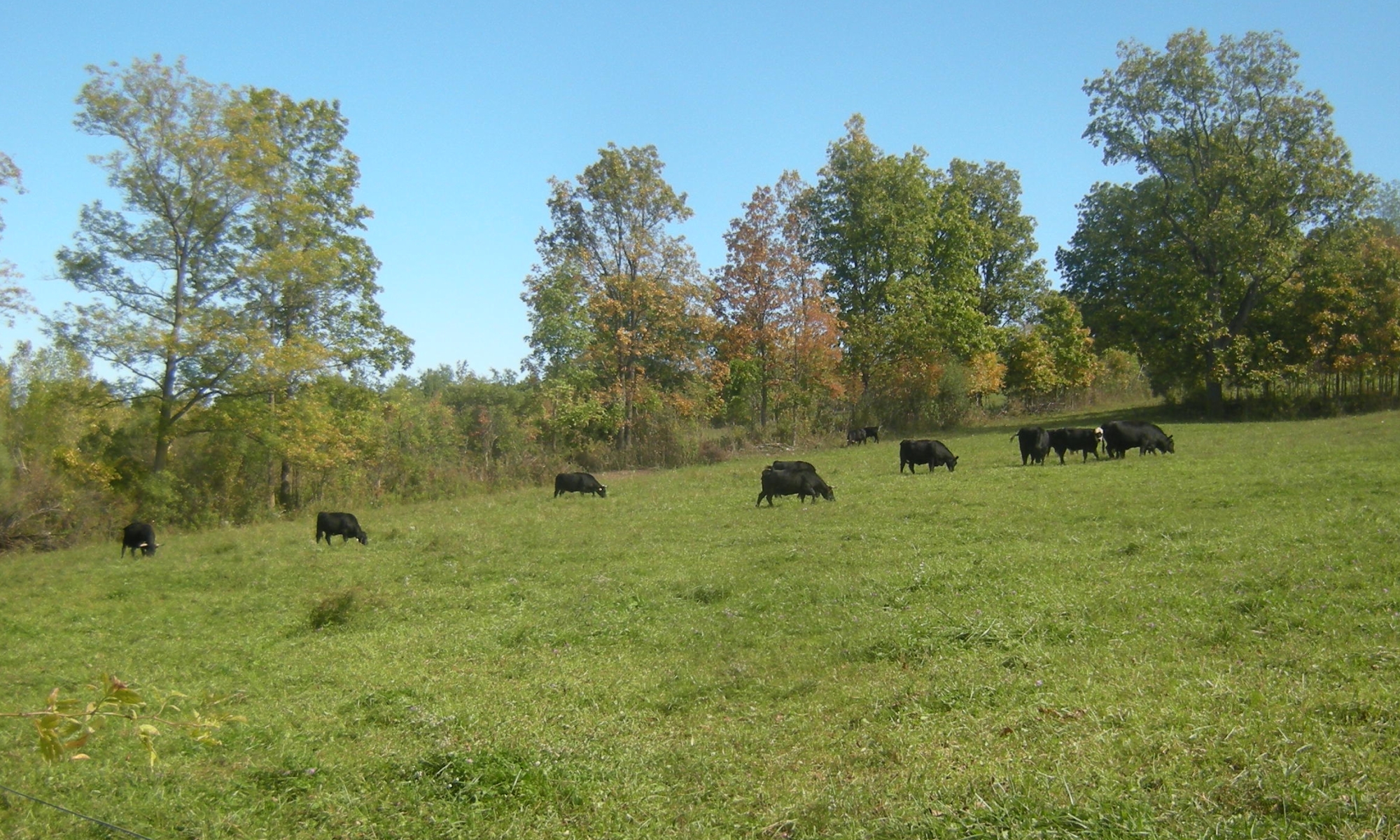…as a bryd that retorneth agayn to his owene nest.
The above quote indicates that even in Chaucer’s day, people noted the tenacity with which chickens will return to their roost at night. The phenomenon has even been studied scientifically, with the study authors noting “When perches were not accessible, the hens showed signs of frustration and/or increased exploration.”
Our layers’ roosting houses were moved in small increments a few times from March through June. In July we finally had the opportunity to move the houses 150 feet away. We thought it would be close enough that the chickens would see the roosts and adapt to the new spot.
Alas, it was not.
We realized several days after the move the the chickens were assembling at their old roosting spot, which was outside the new boundary of our livestock guardian animal. One of the indicators that something was up was that our egg production seemed to go way down. In reality the chickens were laying in more odd places because the nest boxes were also moved.
We ended up moving the roost houses within 30 feet of their old location, with an absolute clear line of sight, and with a little help the chickens were able to re-orient themselves back to safety.
Such are the trials of chicken farmers when they fight a bird’s natural instincts.
